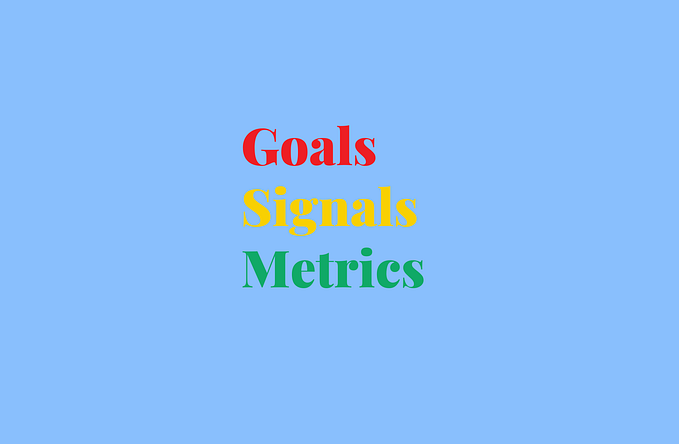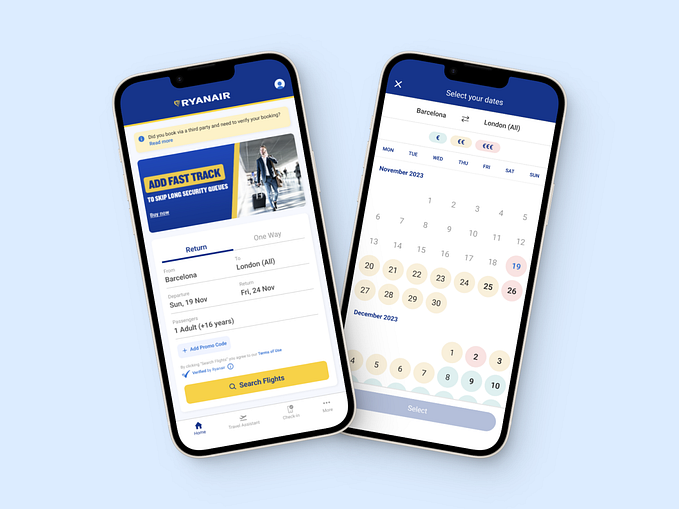UX research as a crucial part of our work process

The design should be for people, not for designers. You should put yourself in the place of the user and simplify the performance of his main tasks as much as possible. Revealing or verifying the user needs should establish the basis of what you are designing.
In theory, the purpose of design development is to enhance the usefulness of the product for the client and/or to facilitate the work with it. We must achieve this by providing the right functions in the right approach or providing them with opportunities that they didn’t have before. And that’s why we conduct UX research.
User experience research works best if conducted at all stages of product development — it should be done well before the first sketch is formed and integrated throughout the idea, iterative design, and launch stages of a product. In this way, we can test, validate and try different solutions based on feedback.
Picking the right methods
Initial UX research helps our team understand when and how users will use the product, and what tasks or problems can be solved with its help. During these early stages, our research focuses on learning what the requirements are from the project stakeholders as well as learning about the needs, wants, and goals of the end-users. Choosing the proper methods depends on the nature of work, the industry, particular project, and the problem that needs to be solved. While working on a design, we must always understand our target audience. The designed product can be focused on different people and their multiple needs.
Hence, before deciding on the research methods, we ask ourselves these questions first :
- Who is going to use this product?
- How does this product meet or not meet the needs that people have
- Where will people use this product?
- When are people going to use this product, and why?
Executing the research

After establishing what we need to research, we collect surveys, conduct interviews, and observe both current and prospective users. We then review existing data, literature, and analytics.
Our team tries to use a lot of diverse methods during one project to see all the data and, later, insights, that will come from it.
Some of our favorite methods at the initial stage of research are:
- Qualitative research
These are conversations, surveys, and interviews to help our design team understand why people do what they do. - Contextual inquiries
We study what issues the users face, what kind of devices they use, what their preferences are, and how long it takes for them to perform conventional tasks. - User personas and empathy maps
Our personas portray real people, everything we discovered and analyzed from observations and interviews of those who will use our product in the future. - User flow
We can visually walk through every step of a user to ensure that we don’t forget anything in the requirements or designs.
Why did we decide to make UX research a fundamental part of our work process?

First, it encourages and supports us to design better and more helpful products. The main intention is to create products and services that people want to use.
It also saves time, money, and tons of disappointment! Without UX research the product can end up having a huge amount of flaws or usability problems, or it can sometimes fail to meet the user’s needs.
The reasons behind it are:
- The primary hypotheses about the user are totally or somewhat wrong, due to them being mostly personal and biased opinions.
- The final product is not user-friendly as the incorrect assumption reflects on both the design and purpose of the product.
- The product features are frustrating for the end-user. For example, application navigation is not clear enough.
- The product has a marvelous feature that no one uses or even wanted it in a first place.
What we believe are the indications of a proper UX research:
- beginning by listening to the actual user
- mixing techniques to look at everything from numerous perspectives
- genuine curiosity about people and problems
- open-mindedness
- attention to details
- empathy
- thoroughness

Conclusion
Interface design and interactions play a major role in creating UX, but without data from real users, they will not be fully effective. After all, how can you create a working design without specifying exactly what your users want? UX research solves this problem for us and creates a link between beautiful design and product usability. If you know how and at what time to apply user experience research, you can make the right design decision based on real data.









